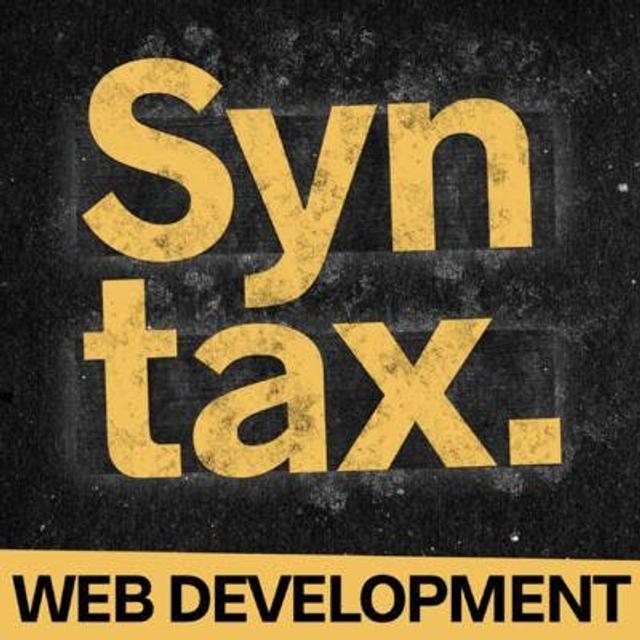
Cache Control Headers Explained
May 30, 2022•26 min
Episode description
In this Hasty Treat, Scott and Wes answer a question about caching, cache control headers, an explanation of the fields for caching.
Sentry - Sponsor If you want to know what’s happening with your code, track errors and monitor performance with Sentry. Sentry’s Application Monitoring platform helps developers see performance issues, fix errors faster, and optimize their code health. Cut your time on error resolution from hours to minutes. It works with any language and integrates with dozens of other services. Syntax listeners new to Sentry can get two months for free by visiting Sentry.io and using the coupon code TASTYTREAT during sign up.
LogRocket - Sponsor LogRocket lets you replay what users do on your site, helping you reproduce bugs and fix issues faster. It’s an exception tracker, a session re-player and a performance monitor. Get 14 days free at logrocket.com/syntax.
Show Notes Time to live calculator
Reminx Conf
Opera
The United States of Insanity - Official Trailer
00:24 Welcome
01:11 Sponsor: Sentry
02:28 Sponsor: LogRocket
03:08 My struggle has been with caching, cache control headers and would love a better explanation on some of the fields?
04:48 What is a header?
06:05 What is caching?
08:21 Time to live (TTL)
09:08 Benefits of a cache
10:03 Specifying how long to cache
11:06 max-age
12:45 stale-while-revalidate
16:17 stale-if-error
16:54 must-revalidate
17:21 private
18:03 immutable
19:29 no-transform
20:45 Cache Control Request Directives
Tweet us your tasty treats Scott’s Instagram
LevelUpTutorials Instagram
Wes’ Instagram
Wes’ Twitter
Wes’ Facebook
Scott’s Twitter
Make sure to include @SyntaxFM in your tweets
For the best experience, listen in Metacast app for iOS or Android
Open in Metacast